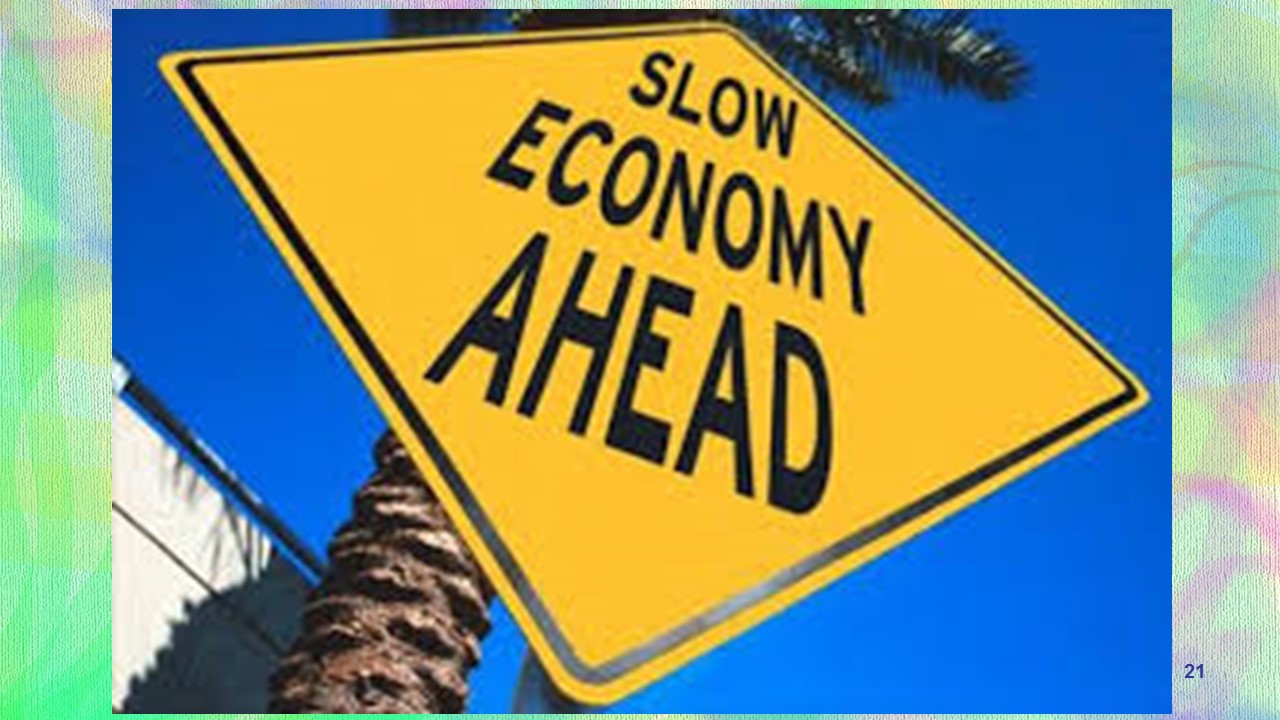Expertise Asia has posted almost 1,000 articles over the past 5 years. Interested readers have the option to contribute to the publication, as an acknowledgment of the value provided to them. Contributions do not commit the author to future production. Thank you for your continued support.

Expertise Asia has been skeptical of this economic rebound of ours all along. As stated here before, a few decent headline labour numbers that need active deciphering to get to the underlying truth do not yet make an economy. If we haven’t understood by now that we are living in an era where demand of any sustainable sort is hard to come by, then we will never learn. As long as approx. 40% of global growth is carried by China and its fiscal policies, we stand no chance of seeing the light of a conventional recovery any time soon.
And yes, Q2 GDP of a mere +1.2% versus +2.5% expected must have been a shocker to our mainstream analyst community that can’t help believing that Q2 will always come to the rescue of a slow Q1 (revised from +1.1% to +0.8%) and restore the paradigm of all-izz-well. Q2 didn’t come through this time, and maybe it won’t for a while longer. But was it really a shocker? For the n-th time, what we are facing isn’t cyclical but structural, and it cannot be fought with the customary toolbox.
In the 7 years post the financial crisis the US hasn’t managed to clock up annual growth of anything more than +2.5%. 2016 won’t be different – quite the contrary, it seems to be on track to horribly undershoot this year. That is hardly recovery material. And it is not likely to change, unless a new bull-in-the-China-shop kind of president comes forward, breaks the impasse, has the Fed buy infra bonds directly and starts spending like there is no tomorrow.
Printing money as such and throwing it around the financial system may have helped to cushion the blow at the height of the crisis, but it was no strategy to bring us back from the abyss. The credit bubble had simply gone too far, and not only does it need to be brought back in line again the hard way, the Western world doesn’t seem to have the demographics to support sufficient growth to catch what has turned into a bit of a falling knife.
And yet again, the whole bravado of recent hawkish calls by Fed members looks pretty dumb now. The Fed seems to be in the business of actively gambling away the final shreds of its greatest good, namely credibility. No doubt Janet Yellen has a difficult job. But reading the economy wrong and hiding behind data-dependency is one thing, not to have a grip on the Fed’s own governing members and a coherent communication policy is another.
To be sure, Fed members have to have their voice, and they independently speak on many occasions. However, I simply can’t remember such a mess under the leadership of Ben Bernanke. He sure took controversial decisions that haven’t brought about any solid solutions to the problem. But he always stayed his course, in a calm and sensible way, and by that exerted leadership that others on the Committee pretty much followed.
So it should not be any wonder why the price of gold is rising. The shiny metal is the ultimate proxy hedge against the demise of the money system as we know it. The Fed’s continuously irritating and diverging views in public gives us many reasons to get that hedge. Even good old Alan Greenspan doesn’t tire chipping in and pontificating that the US is about to enter stagflation. He will be right on the no-growth-to-speak-of part, but inflation…?
Where would that come from? The US labour market certainly isn’t what the most recent headline numbers prescribe, so it won’t really come from wage growth. The US continues to import deflation from places such as China, so it won’t come from goods prices either. An increasingly sharing economy will further improve capacity utilisation, so where will demand for fixed asset investment come from except in infrastructure by way of fiscal spending?
But inflation numbers have had a tick up recently, or so the pundits claim. To be sure, the rebound in oil and other commodities in the first half of the year will have done their bit, but last I looked those markets were in decline again. And US demographics may be better than Japan’s and Europe’s, but its structure is also worsening, so inflation won’t exactly be driven by the bulk of young families building existences and homes like in the 80s.
In January 2014, Expertise Asia’s biggest and back then pretty controversial call was for a continuation of the Treasury bonds’ epic bull market, and it has renewed that call along the way, such as in this recent article. The bond bears have lost a fortune every single year, and they will again in 2016. Treasuries have turned up again, and 10-year rates will eventually go to 1%, and 30-year to 2% and probably lower.
The postings on this website are confidential and private. The material is provided to you solely for informational purposes and as a complimentary service for your convenience, and is believed to be accurate, but is not guaranteed or warranted by the author. It has not been reviewed, approved or endorsed by any financial institution or regulatory authority in your jurisdiction. It should not in any way be construed as investment advice and/or -recommendation of any kind, in any market and in any jurisdiction. The views expressed therein are none other than the author’s personal views. He is not responsible for any potential damages or losses arising from any use of this information. The reader agrees to these terms.